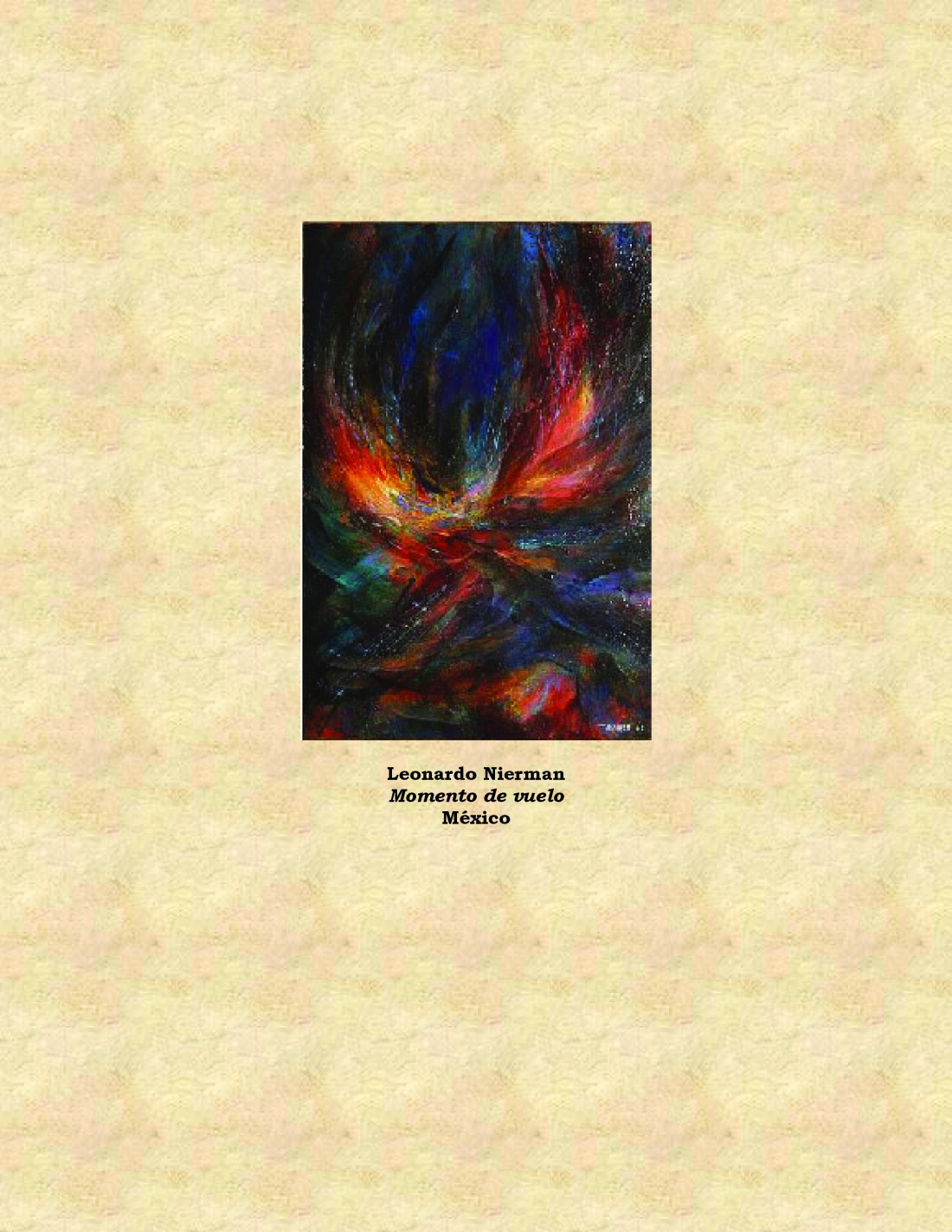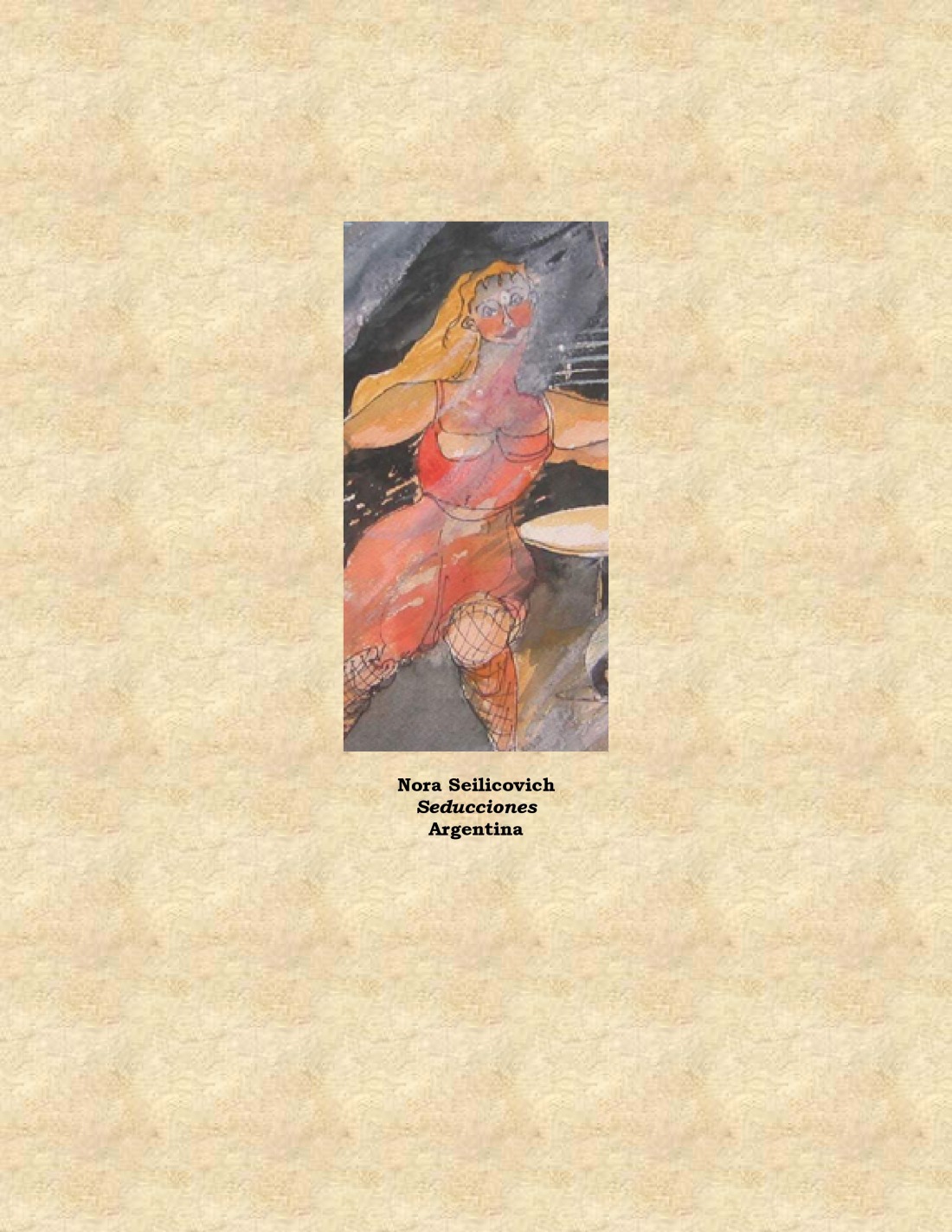Pablo A. Freinkel (Bahía Blanca, Argentina, 1957). Licenciado en Bioquímica. Periodista y escritor. Sus artículos y notas se han dado a conocer en Buenos Aires, New York y Jerusalem; y en medios online nacionales y extranjeros. Es autor de cuatro libros: Diccionario Biográfico Bahiense, el ensayo Metafísica y Holocausto, y las novelas El día que Sigmund Freud asesinó a Moisés y Los destinos sagrados. Escribió el guion del documental Matthias Sindelar: un gol por la vida. Ha dictado conferencias sobre Spinoza, Maimónides y literatura judía argentina actual, en diferentes instituciones del país. Actualmente, ha concluido la novela La casa de Caín y se encuentra en redacción El lector de Spinoza.
_________________________________________________________________________________
Pablo A. Freinkel (Bahía Blanca, Argentina,) who has a degree in biochemistry. He is a journalist and writer. His articles and notes have been published in Buenos Aires, New York and Jerusalem, in Argentine and international online media. Freinkel is the author of four books: Diccionario Biográfico Bahiense, Metafísica y Holocausto, and the novel El día que Sigmund Freud asesinó a Moisés and Los destinos sagrados. He wrote the script for Matthias Sindelar: un gol por la vida. He has lectured on Spinoza, Maimonides and on contemporary Argentine-Jewish literature throughout Argentina. Recently, Freinkel completed La casa de Caín and his El lector de Spinoza is in press.
_____________________________________________
MAIMÓNIDES: EL PROFETA COMO LIDER DEL ESTADO
Por Pablo Freinkel
En el pensamiento de Maimónides (Moisés ben Maimón, 1135-1204), el nacimiento de {la organización estatal} se debe exclusivamente a la voluntad de Dios. En su monumental Guía de perplejos (9) (GP), el sabio andaluz distingue cinco facultades en el alma; la quinta es la intelectual o racional, que es propia del hombre y le permite vivir y convivir con sus semejantes. Fuera de la sociedad, es inconcebible la existencia del individuo; el hombre perece. La vida social le proporciona inclusive su bienestar físico (GP. 3,27). Todos los principios morales conciernen a la relación y trato del hombre con sus semejantes. Si una persona estuviese a solas, sin trato con ninguna otra, todos los principios morales serían innecesarios y no le añadirían perfección alguna. El objetivo final del hombre es obtener las más altas facultades intelectivas y las nociones que lo llevan a tener ideas metafísicas ciertas acerca de Dios, que es haber alcanzado su perfección; le otorga la inmortalidad, y es por razón de ella por lo que se le llama hombre sabio, esto es, el varón de buenos principios morales (GP. 3, 54). De esta manera, la ética de Maimónides se apoya en el elemento social, que da lugar a la política, es decir, al gobierno. Aquí, el autor de Mishné Torá, sigue a Aristóteles que en su tratado sobre la Política asegura que los hombres son por su naturaleza unos más aptos para mandar que otros y coloca en la cima de esa clasificación a los sabios (entre ellos, los filósofos) (10). Moshé ben Maimón entiende que ese sitial le corresponde al profeta. El modelo a seguir es Moisés por sus cualidades superlativas al dirigir el éxodo de los israelitas de Egipto, por quien el ensayista manifiesta su admiración. (GP. 2, 33, 35 y 39) ¿Cuál es el razonamiento que realiza? El hombre llega a su perfección cuando ha alcanzado el conocimiento de Dios y sus obras por vía de indagación intelectual; una vez llegado a este nivel, empieza a consagrarse a Él, robusteciendo la Inteligencia que es lo que nos une al Ser Supremo. Se trata de la síntesis entre razón y fe, filosofía y Torá, así puede comunicarse directamente con Dios y alcanzar la categoría de iluminado. A pesar de tener la capacidad de profetizar, una persona no adviene realmente profeta ya que hay que contar con la voluntad de Dios (GP. 3, 51). Además de las facultades morales y racionales, el espíritu profético debe darse en un hombre sabio, fuerte para dominar sus instintos y rico en conocimiento (GP. 2, 32; Carta a los judíos del Yemen, 46) (11). Estas son las características con que debería contar quien gobierne la sociedad. Cabe entonces preguntarse por qué no es suficiente con la fe en el Ser Supremo para conseguir las dotes de la profecía. Maimónides propone conocer los principios filosóficos para refutarlos con presteza cuando entren en colisión con los principios religiosos. Por ejemplo, en la Introducción del Libro Dos de la Guía de Perplejos anota puntillosamente las veintiséis proposiciones del griego con las cuales está de acuerdo, excepto la que habla de la eternidad del Universo. En páginas sucesivas, explica la manera en que adopta la doctrina aristotélica y sus coincidencias con la Escritura (GP. 2, 3 y 5). Por otra parte, entre los capítulos trece y treinta de la misma parte discute las diferentes teorías acerca del principio del Universo, teniendo a Aristóteles como eje central de su crítica (12). En consecuencia, resulta evidente que la concepción ética de Maimónides y, por consiguiente, el sistema político que de ella deriva está delimitado por un fuerte idealismo que lo hace atractivo aunque potencialmente de difícil sino de imposible cumplimiento, porque exige un componente religioso y metafísico que no todos los integrantes de la comunidad a la que va dirigido están dispuestos a aceptar. Algunos renglones más arriba, expresé que el autor de los Aforismos médicos tiene una relación amplia y dinámica con Aristóteles no sólo en lo que se refiere a sus reflexiones metafísicas, sino que también se sostiene en su elección de personas con atributos morales, intelectuales y capacidades de mando extraordinarias destinadas a ejercer el gobierno de una colectividad de hombres y mujeres con intereses, conductas y costumbres heterogéneos. Sin embargo, al elegir a Moisés como el modelo de líder, acota su actuación al tiempo –ciertamente prolongado- en que los israelitas erraron por el desierto, tarea que por supuesto le demandó un esfuerzo titánico.
———————————————————————————-
MAIMONIDES: THE PROPHET AS LEADER OF THE THE STATE
By Pablo Freinkel
For Maimónides (Moses ben Maimon, 1135-1204), the birth of a political organization is exclusively dependent on the will of God. In his monumental Guide of the Perplexed, the Andalusian wise man distinguishes five faculties in the soul: the fifth being the intellectual or rational faculty, that belongs to man and permits him to live with and get along with others. Outside of society, the existence of the individual is inconceivable; man would perish. Social life provides even physical well-being (GP, 3:27.)
All moral principles concern man’s relationship with and treatment of others. If a person were alone, without having to deal with any other, moral principles would be unnecessary and would not add any improvement. Man’s most important objective is to obtain the highest intellectual development and the concepts that allow him to have metaphysical ideas about God, that is, to have reached perfection; this brings him immortality. For having done this, he is called a wise man, that is, a man of high moral principles. (GP, 3:54.) In this fashion, Maimonides’ ethics is based on the concept that the social element that leads to the political, that is, the government. Here, the author of the Mishne Torah, follows Aristotle, who in his treatise Politics argues that some men are by nature more capable than others for leadership; he puts wise men, among them, philosophers at the top of this classification (10.) For Moses ben Maimon, this role is that of the prophet. The model to be followed is Moses, for his superlative qualities in leading the exodus of the Israelites from Egypt. (GP. 2, 33, 35 y 39) What is his reasoning? Man reaches perfection when he has gained knowledge of God and his works by intellectual inquiry. Once having achieved this level, he begins to consecrate himself to God, strengthening the intelligence factor that unites him to the Eternal Being. It is a synthesis between reason, faith, philosophy and Torah, so that man can communicate directly with God and reach the level of being enlightened. Despite having the ability to do prophesy, a person doesn’t really become a prophet on his own, since that depends on God’s will (GP. 3, 51).
In addition to the moral and rational faculties, the prophetic spirit, the prophetic spirit must be found in a wise man, who is strong enough to control his instincts and rich in knowledge (GP, 2:32, Letter to the Jews of Yemen, 46).
These are the characteristic that one who governs a society must have. Why then, it is not sufficient to have faith in the Supreme Being to obtain the gifts of prophesy? Maimonides insists that it is necessary to know philosophical principles in order to be able to refute them with alacrity, when they collide with religious principles. For example, in the Introduction to The Guide for the Perplexed, he carefully outlines the twenty-six propositions set out by Aristotle, with the exception of the one that speaks of the eternity of the Universe. He then explains the way in which he adopts Aristotelian doctrine and its coincidences with the Holy Scripture. (GP. 2, 3 y 5).
Elsewhere in that text, Maimonides discusses the different theories about the origin of the Universe, placing Aristotle in the center of his critique. Consequently, it the political system derived from this analysis is delimited by a fierce idealism that makes it attractive, though potentially difficult if not impossible to achieve, because he demands a religious and metaphysical component that not all of the members of the community to which it is directed are willing to accept.
Maimonides, the author of the Medical Aphorisms, has a broad and dynamic relationship with Aristotle’s work, not only in that which has to do with his metaphysical reflections, but also that it upholds the Greek’s contention that people with extraordinary moral and intellectual attributes and the capacity to lead are destined to govern a community of men and women with heterogeneous interests, conduct and customs. Nevertheless, by choosing Moses as his model leader, he narrows down its occurrence to the time—clearly quite prolonged—in which the Israelites wandered in the desert, a task that demanded from him a titanic effort.
Translation by Steve Sadow





































